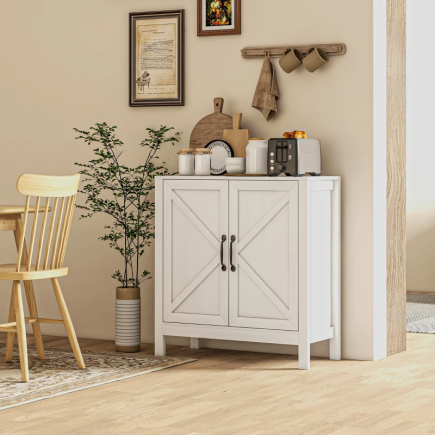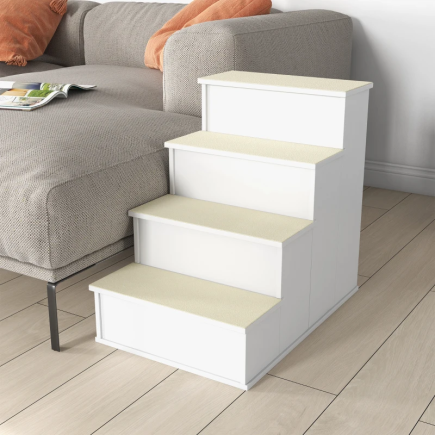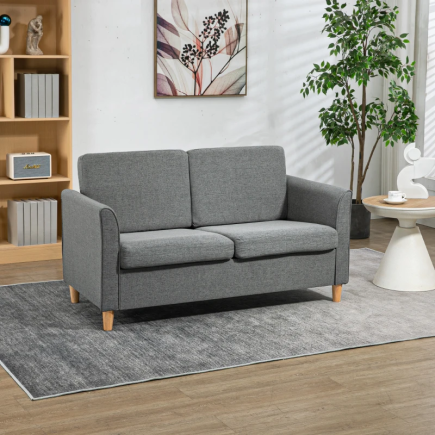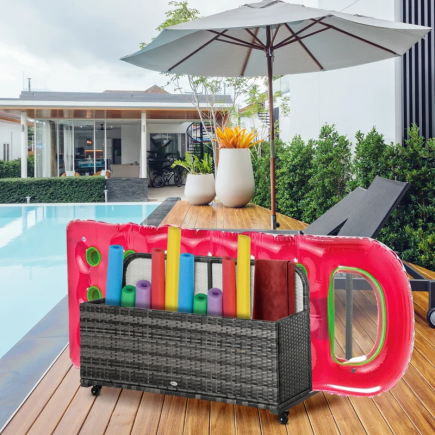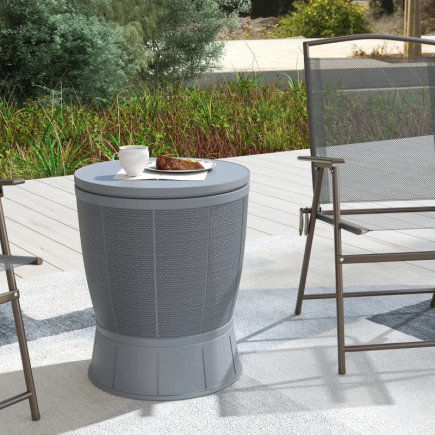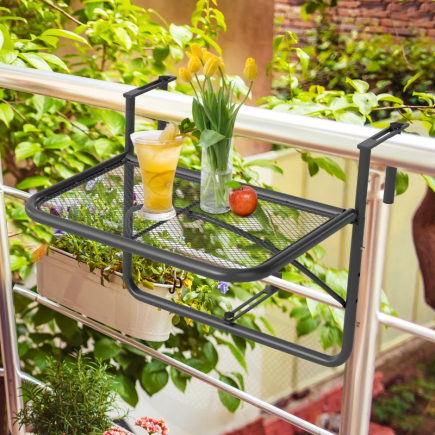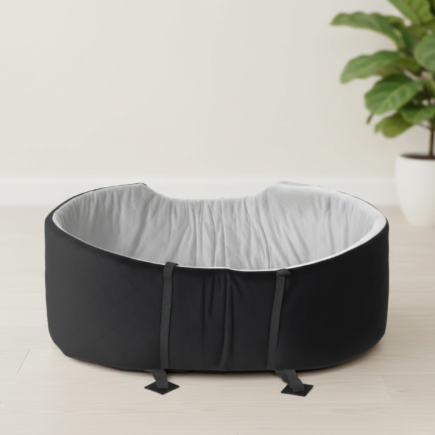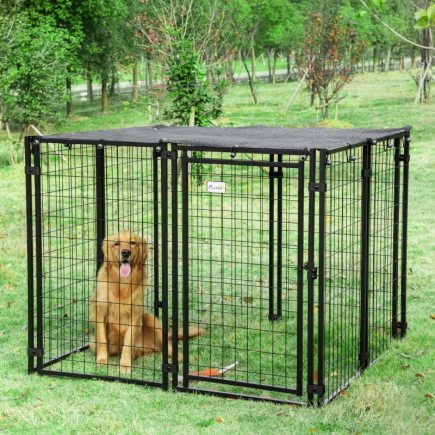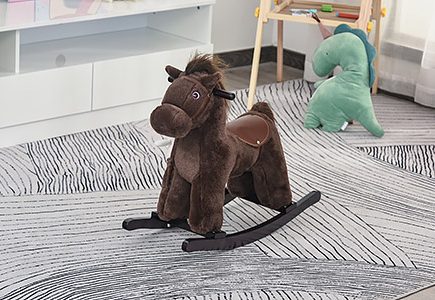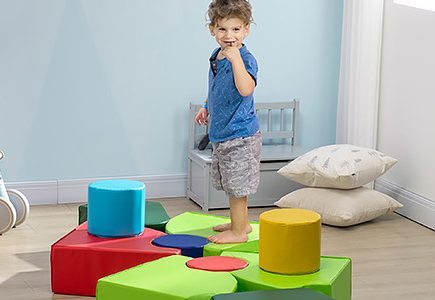A dog bed is one of the most frequently used items in a pet-friendly home. Over time, it collects fur, dander, body oils, drool, crumbs, dirt, lingering odours, and bacteria that thrive inside soft fabrics. If not cleaned properly, the bed can trigger allergies, cause smells to spread, and reduce comfort for your dog.

Tools and Materials You’ll Need
| Item | Purpose |
| Lint roller or rubber brush | Removes loose hair and surface debris before cleaning. |
| Vacuum cleaner with soft brush | Cleans dust, dander, and trapped particles from the bed and foam insert. |
| Mild detergent or pet-safe soap | Used to create a gentle cleaning solution safe for dog skin and fabrics. |
| Warm water (bucket or basin) | Required for mixing cleaning solution and hand-washing covers. |
| Soft cloth or microfiber cloth | For stain-pre-treating and wiping solution during testing. |
| Pet-safe enzyme cleaner | Helps break down organic stains like drool, urine, mud, and food. |
| Baking soda | Natural deodoriser that removes trapped odours and reduces bacteria. |
This step-by-step guide shows you how to clean any type of dog bed safely and thoroughly, including removable covers, foam inserts, plush fabrics, and padded stitching.
1. Remove Loose Hair and Surface Debris

Before applying any liquid, the bed must be free of loose hair and particles. Moisture causes dirt to settle deeper into the fibres.
Why This Step Matters
- Prevents debris from turning into embedded grime
- Keeps hair from clumping in the wash
- Protects fabrics from abrasion
- Helps each following step work better
How to Remove Hair Properly
- Shake the bed outdoors.
- Use a lint roller or rubber brush for stubborn fur.
- Vacuum using a soft brush attachment.
- Target seams, corners, and textured areas.
2. Remove and Inspect the Bed Cover

Most dog beds come with removable covers that should be washed separately.
Why This Step Matters
- Allows deeper cleaning
- Protects the foam from water damage
- Helps you identify stains and wear
How to Do It
- Unzip the cover fully.
- Remove the inner foam or padding.
- Inspect the inside lining and seams.
3. Vacuum the Foam Insert
Foam absorbs dust quickly and needs dry cleaning before any deeper steps.
Why This Step Matters
- Removes allergens trapped inside
- Freshens the foam without moisture
- Prepares the insert for deodorising
How to Clean the Foam
- Place the foam on a clean, flat surface.
- Vacuum with a handheld vacuum or soft brush.
- Cover the entire surface with light, even strokes.
4. Prepare a Safe Cleaning Solution

Using a gentle mix protects both the fabric and your dog’s skin. A mild solution cleans effectively without causing irritation.
Why This Step Matters
- Avoids irritation
- Keeps colours intact
- Removes odours without harsh chemicals
How to Mix the Solution
- Fill a bucket with warm water.
- Add 5–7 drops of mild detergent or pet-safe soap.
- Stir slowly to keep bubbles minimal.
Avoid Using
- Bleach
- Ammonia
- Fabric softeners
- Strong vinegar mixtures
- Harsh degreasers
5. Test the Solution on a Hidden Spot

Every fabric reacts differently to cleaners and detergents. A quick patch test prevents colour fading or damage.
Why This Step Matters
- Prevents discolouration
- Avoids surface damage
- Ensures the solution is safe to use
How to Test
- Choose an inner seam or underside corner.
- Apply a dab of solution.
- Wait 20–30 seconds.
- Wipe and inspect for colour transfer.
6. Machine Wash the Cover

A warm wash cycle lifts odours and deep-set dirt from the fabric. This step restores softness and hygiene with minimal effort.
Why This Step Matters
- Removes odours trapped in fabric
- Washes away bacteria
- Restores softness and freshness
How to Wash
- Turn the cover inside out.
- Wash on a warm, gentle cycle.
- Use a small amount of pet-safe detergent.
Optional: add baking soda for extra odour removal.
7. Hand Wash the Dog Bed Cover (If Needed)

Some covers need gentler care to maintain their texture. Hand washing keeps delicate fabrics clean without damage.
Why This Step Matters
- Prevents shrinking
- Protects embroidered or plush textures
How to Hand Wash
- Fill a basin with warm, soapy water.
- Submerge the cover and gently press the fabric.
- Avoid twisting.
- Rinse until water becomes clear.
8. Deep Clean the Foam Insert (If Safe)
Foam holds smells more strongly than outer fabric layers. Washing it properly keeps the entire bed smelling fresh.
Why This Step Matters
- Foam holds odours more deeply
- Cleaning keeps the bed fresh longer
How to Clean Foam
- Fill a tub or basin with warm water and mild detergent.
- Gently press the foam to move water through.
- Avoid squeezing aggressively.
- Rinse repeatedly until clean.
9. Deodorise and Kill Bacteria Naturally
Baking soda refreshes the bed by absorbing unwanted odours. It also helps reduce bacteria without harsh chemicals.
Why This Step Matters
- Neutralises odours
- Reduces bacterial growth
- Safe for pets and fabrics
How to Deodorise
- Sprinkle baking soda evenly across the surface.
- Let sit for 30 minutes to 2 hours.
- Vacuum thoroughly afterwards.
10. Rinse to Remove Soap Residue

Leftover soap can irritate your dog’s skin or attract new dirt. Rinsing well ensures the fabric stays gentle and clean.
How to Rinse
- Rinse the cover under warm water.
- Continue until the water turns clear.
- Press gently to remove excess water, avoid twisting.
11. Dry the Dog Bed Completely
Moisture left inside the bed can cause mildew and musty smells. Proper drying keeps the bed fluffy, fresh, and comfortable.
Air-Drying
- Hang the cover over a drying rack.
- Allow the foam to dry flat.
- Rotate pieces for even airflow.
Machine-Drying (If Allowed)
- Use low heat.
- Add dryer balls to help fluff the fabric.
12. Reassemble the Bed

Putting the bed back together carefully keeps its shape intact. Smooth corners and even padding help your dog rest comfortably.
How to Reassemble
- Slide the foam back inside carefully.
- Adjust edges and corners to smooth the shape.
- Zip securely to prevent bunching.
Routine Cleaning Schedule
Weekly
- Vacuum the surface
- Shake outdoors
- Spot-clean stains
Monthly
- Wash removable covers
- Deodorise with baking soda
Seasonally
- Deep clean the entire bed
- Inspect foam and seams for wear
Extra Care Tips
- Avoid placing beds in damp or poorly ventilated areas.
- Use a waterproof liner for puppies or older dogs.
- Add a washable blanket on top to reduce cleaning frequency.
- Rotate the bed occasionally to keep padding even.
A clean Dog Bed doesn’t just look better, it creates a healthier, more comfortable space for your pet to relax. With regular upkeep, simple deodorising methods, and proper washing techniques, you can prevent smells, reduce allergens, and extend the life of the bed. By following these steps consistently, your dog can enjoy a cosy, fresh place to sleep every day while you enjoy a home that feels cleaner and more inviting.
FAQs
1. What should I do if my dog bed still smells bad after washing?
If odour remains, the foam may still hold moisture or trapped bacteria. Air-dry the foam in direct airflow for several hours and sprinkle baking soda overnight. If the smell persists, the foam may be too saturated and replacing it is often the best solution.
2. What should I do if the foam insert takes too long to dry?
Place the foam in a well-ventilated space with indirect sunlight or position a fan nearby to increase airflow. Avoid high heat, as it can warp the foam. Turning the foam every few hours helps speed up the drying process.
3. What if the zipper on the dog bed cover breaks during cleaning?
If the zipper gets stuck or breaks, avoid forcing it. You can use zipper lubricant or a small amount of soap to loosen it. If damaged, consider replacing the zipper or using an inexpensive slipcover as a temporary fix.


